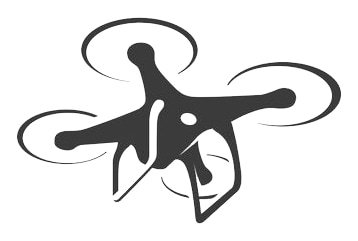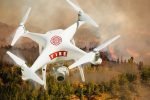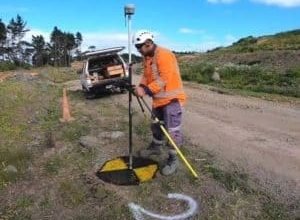Constructing a reference trajectory — an in-depth and extremely particular flight plan addressing steering, navigation, and management (GNC) — for UAVs going past visible line-of-sight (BVLOS) of the operator locations elevated burden on the positioning functionality of the plane. This positioning, its varied vulnerabilities, reliability, and integrity are addressed in idea and in observe within the upcoming March 31 webinar, “Preparing for Increased PNT Dependence When UAVs Go Beyond Visual Line of Sight.”
Three professional audio systems absolutely discover the PNT vulnerabilities that designers and operators should put together for, with real-world examples of spoofing & interference. Finally, and most crucially for preparedness, the why and hows of PNT testing to handle resiliency and design specs validation.
Okko Bleeker, a professional senior marketing consultant within the aviation and aerospace trade, provides the theoretical background. He explains the GNC closed-loop management utility to assemble the reference trajectories, and what components could also be factored into it. Above all, he stresses the significance of management authority, response time fixed and loop achieve and stability in coping with disturbance within the reference trajectory: thus, the reliability of BVLOS flight planning.
Adam Price, the chief of PNT simulation at Spirent, lays out the present standing of BVLOS and explains how completely different purposes, every bringing completely different requirement for precision, can dictate the varieties of sensor fusion and/or GNSS augmentations wanted. After exploring these PNT necessities and commensurate PNT vulnerabilities, he explains why thorough PNT testing is required, and how you can do it.
“If you’re going to check, open-air will not be sufficient. You want a degree of management on the atmosphere that you’re testing in. If you don’t, that atmosphere might not be repeatable to completely discover and validate the PNT efficiency of the UAV.”
Price evaluations real-life reviews of drone accidents, the place interference within the GNSS band, or on the fringe of the band, have typically been confirmed to have been the trigger. “When you get interference, it doesn’t all the time finish catastrophically, it could merely impair your PNT efficiency. How are you aware you might be impaired or degraded?”
He concludes by differentiating the industrial aviation world, the place you will have sure requirements and necessities, with the UAV world, “the place you don’t have that in any respect — but.”
Howard Loewen takes over at that juncture, to provide the attitude and 27-year expertise of a proprietor, founder, and CEO for a licensed autopilot producer providing a household of light-weight UAV autopilots that may fly mounted wing, transitional, helicopter, and multirotor UAVs.
He demonstrates how his firm, MicroPilot, makes use of GNSS simulation for remotely piloted plane system (RPAS) autopilot design, RPAS autopilot manufacturing, and RPAS design and manufacturing
He reiterates and expands on Adam Price’s level of why open-air testing will not be enough. “In a real-world atmosphere, the alerts are altering on a regular basis. To be tighter on our manufacturing tolerances, we use a GNSS simulator. You can generate multipath or different interfering occasions any time you want.”
With that functionality, Loewen says his firm simulates UAV flights typically so long as a month, to verify there are not any cascading errors.





